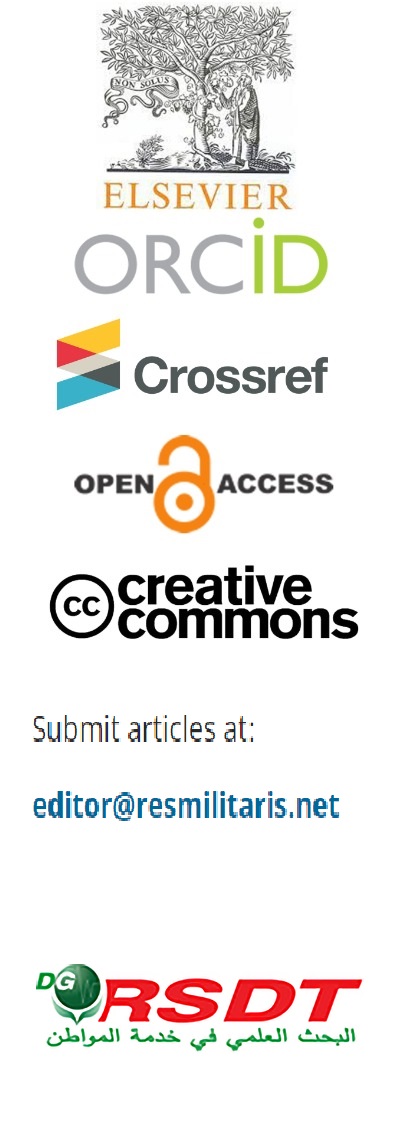
-
FOOD SECURITY AS A COMPONENT PART OF NATIONAL SECURITY: THE IMPACT OF THE RUSSIAN-UKRAINIAN CONFLICT
Volume -14 | Issue -5
-
The Contribution Ratio of Some Physical Abilities in the Performance of Certain Skills with the Apparatus Among Female Students in Rhythmic Gymnastics
Volume -14 | Issue -5
-
Self-Efficacy and Its Relationship to the Level of Ambition Among Track and Field Athletes Under 20 Years
Volume -14 | Issue -5
-
Culture of the Mexican Army1
Volume -14 | Issue -5
-
The Impact of Educational Media (Visual - Mixed) on Self-Learning of Certain Table Tennis Skills for Students
Volume -14 | Issue -5
HOSPITAL PHARMACY PRACTICE IN HEALTH INSTITUTION OF KATHMANDU VALLEY GENERAL SCENARIO
Main Article Content
Abstract
Hospital pharmacy practice is still in its infancy in Nepal. Although the precise status is unknown, the hospital formulary was established following the start of the hospital pharmacy directive. Methods: This study used census data in an observational, crosssectional research approach. Following permission by the ethical study council, data were gathered between Mangsir 2076 and Jestha 2077. The methods of gathering data are based on direct survey questionnaires, phone interviews, or emails with the chemist in charge of the relevant hospital, depending on what is practical. There was a pretest for these questionnaires. The data analysis was done with IBM SPSS version 16. Appropriate descriptive and inferential statistics were used to quantify the data, and tables and diagrams were used as needed for presentation. Findings: Of the fiftyeight government hospitals with in-house pharmacies, only fifty were involved in this study. We found that just 22 hospital pharmacy departments used computers and the internet to check for drug interactions, that more than half of the hospitals had drug and therapeutic committees (68%), that less than 50% of hospital pharmacies were concerned with prescription reviews (48%), and that very few hospitals had their own hospital formularies (12%) and that the least number of hospital pharmacies were involved in impromptu preparation (8%). The majority of hospital pharmacy departments were not able to offer round-the-clock service. It was observed that there were 1.12 chemists per 100 beds on average, which was in line with the average of 0.9. In conclusion, our findings indicate a sparse distribution of different welcoming development. Additionally, during the data collection period, this study was able to provide a basic description of the hospital pharmacy development process.

